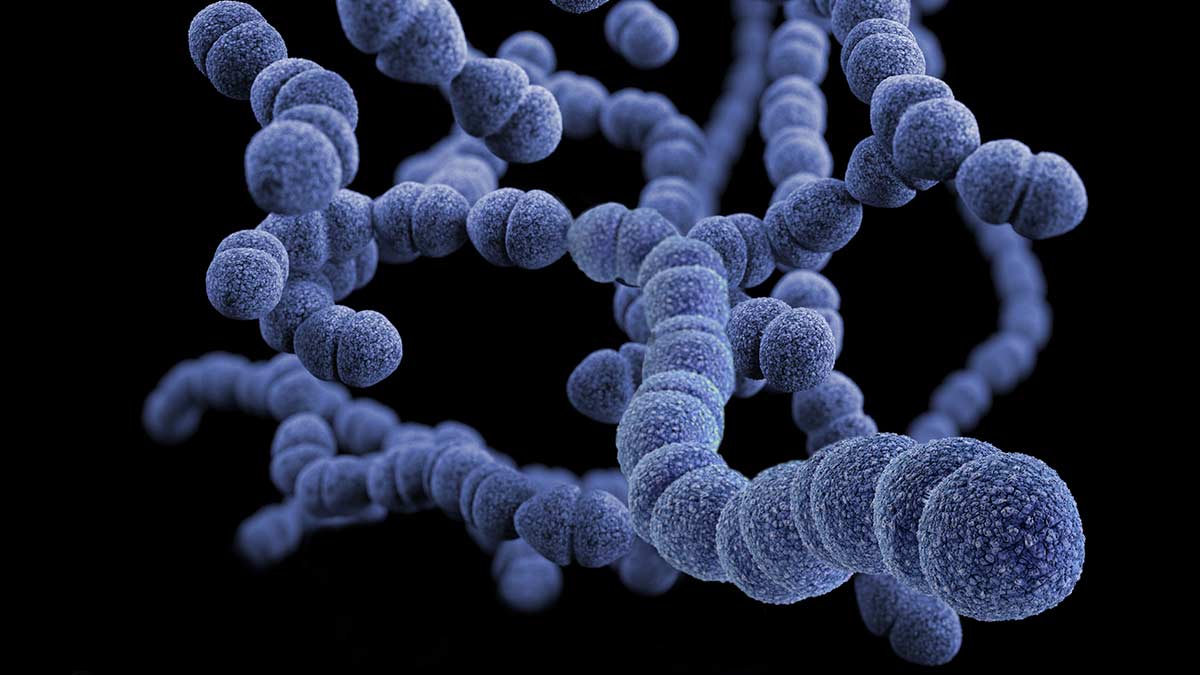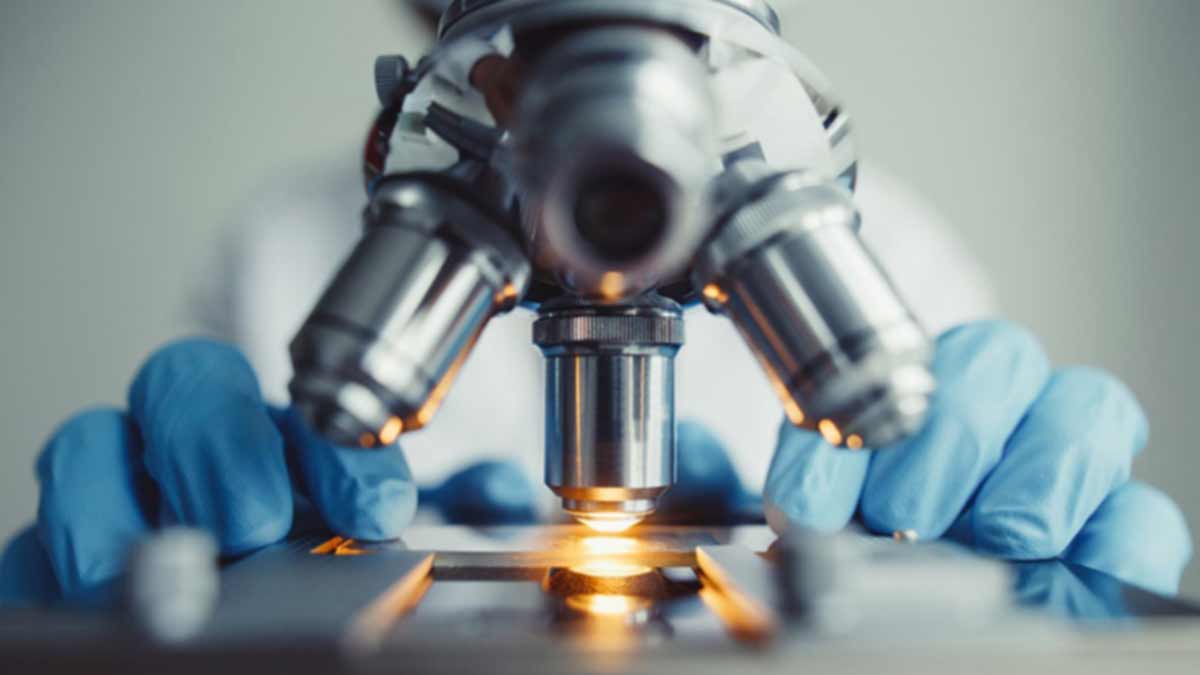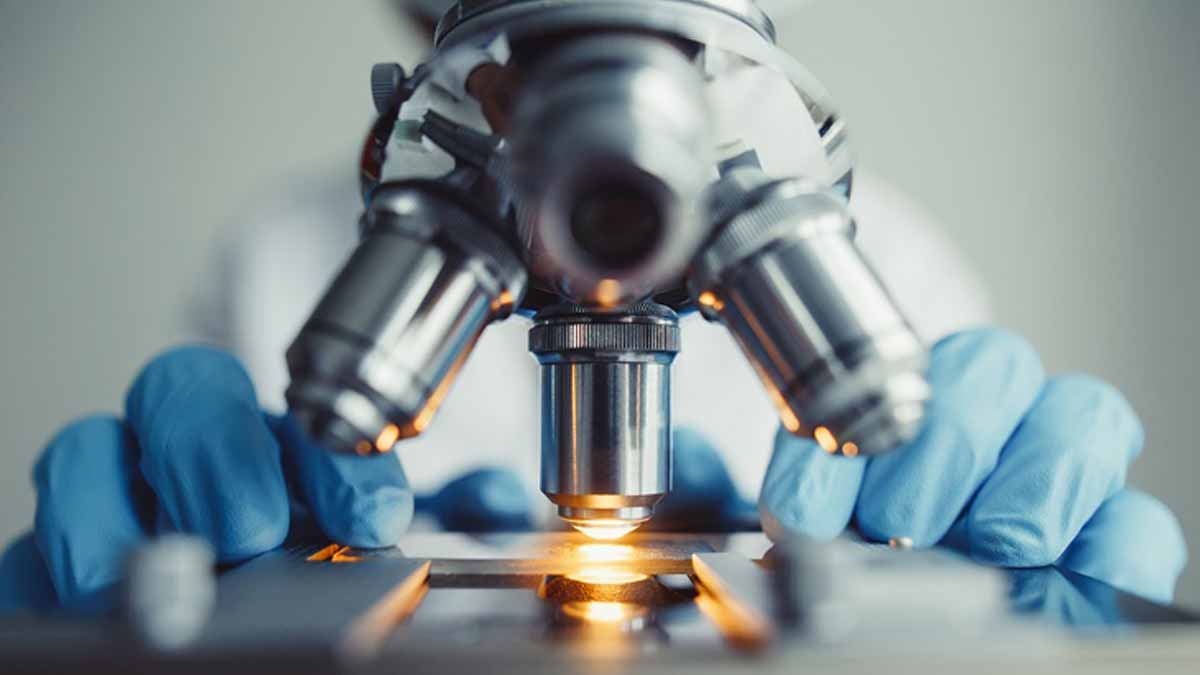Role of non-canonical inflammasome caspase-11 in innate immunity
Cases of Legionnaires’ disease have been on the rise despite drastic measures to prevent the disease, according to the Centers for Disease Control and Prevention. It is a dangerous form of pneumonia that spreads through contaminated air conditioners and fresh water structures such as water fountains. Predominantly infecting the elderly and the immunocompromised, legionella bacterium claims the lives of one in 10 who are infected.
This is one of the diseases that Amal Amer, MD, PhD, professor in the Department of Microbial Infection and Immunity at The Ohio State University College of Medicine, has been studying for more than 15 years to better understand the mechanisms behind the body’s immune system. Dr. Amer’s work specifically looks into the innate immune system, the first-line defense network in the human body that consists of innate immune cells such as macrophages. The focal point of her work is the non-canonical inflammasome pathway represented by caspase-11 and its downstream effectors.
Dr. Amer’s further exploration of the mechanisms and functions of caspase-11 will be funded by a nearly $3.8 million National Institutes of Health (NIH) R01 grant.
The non-canonical inflammasome pathway leads to the activation of macrophages, cells that are responsible for the production of cytokines. Cytokines in turn mediate the activation and migration of other immune cells. Different inflammatory pathways are triggered by different agents, with the non-canonical inflammasome pathway actuated by a protein enzyme known as caspase-11. With this NIH grant, Dr. Amer will study novel functions and newly identified effectors of caspase-11.
“Legionnaires remains a major cause of morbidity and mortality in immunocompromised individuals such as the elderly and cancer patients,” says Dr. Amer. “Our proposal investigates the molecular mechanisms leading to caspase-11-mediated clearing of legionella infection, as it has many unknown functions that remain to be elucidated.”
To begin her study, Dr. Amer used advanced technology to determine how caspase-11 exerts its functions. Relying on proteomic and genomic cores at Ohio State, she obtained outstanding results.
Dr. Amer and her research team then utilized a state of the art Nikon SIM-S super-resolution microscope. This microscope allowed Dr. Amer to study how novel caspase-11 substrates, the molecules in which enzymes act on, interact and coexist with bacterial pathogens such as legionella bacteria.
“Findings from this project will add new information in the biology of inflammasomes, bacterial pathogens and offer new therapeutic targets for regulation of infectious agents,” says Dr. Amer.
This grant project is in collaboration with the Ohio State College of Medicine's Narasimham Parinandi, PhD; Xiali Zhang, PhD, MS; Luanne Hall-Stoodley, PhD; Dmitri Kudryashov, MD, PhD; and Stephanie Seveau, PhD, who serves as co-principal investigator.
Dr. Amer’s laboratory continues to make exciting strides in their efforts to better understand the innate immune system. Studying the “innate immune response of macrophages to legionella pneumophila and Burkholderia cenocepacia, SARS-CoV-2, microbial pathogenesis, host-pathogen interaction, autophagy and non-apoptotic functions of caspases and the inflammasome complex, in addition to Alzheimer’s disease and cystic fibrosis,” Dr. Amer and her team will help redefine how immune cells respond in different disease conditions.



